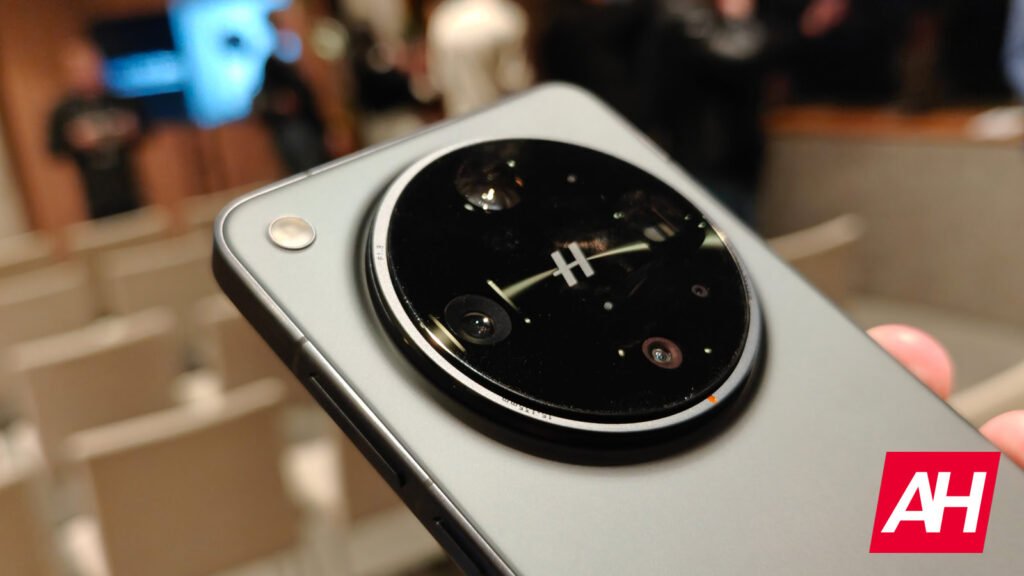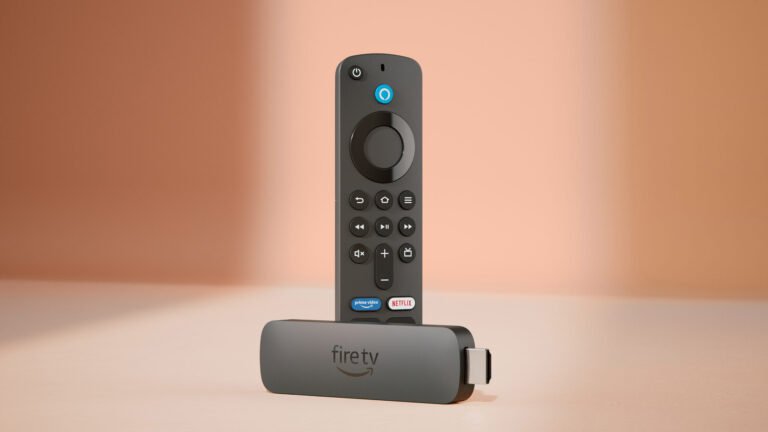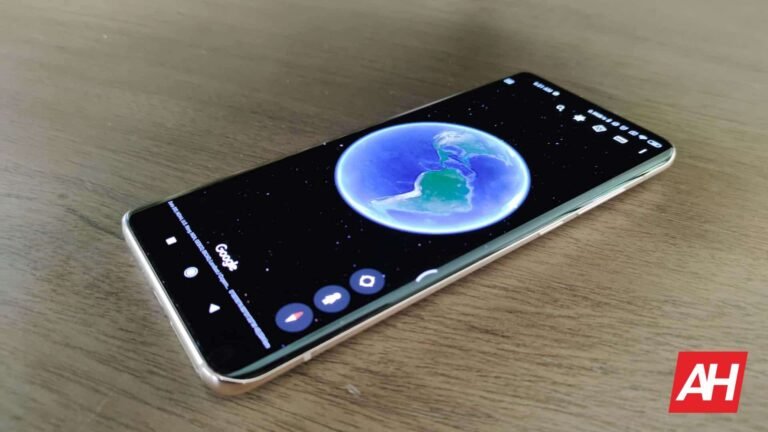

Samsung recently launched its newest high-resolution mobile sensor, the ISOCELL HP5, featuring a 200MP resolution. Chinese smartphone manufacturers are rapidly adopting the component. There are even reports confirming its imminent use in upcoming flagship devices. This quick market adoption highlights the sensor’s particular technical profile, which aligns it not with the main camera systems but with specialized telephoto functions.
Samsung 200MP ISOCELL HP5 sensor to powers next-gen telephoto
Early market reactions confirmed this specialized role. Reports suggest upcoming models like the Realme GT 8 Pro, Vivo Y500 Pro, and the premium Oppo Find X9 Pro are all expected to utilize the ISOCELL HP5, primarily deploying it as a high-resolution telephoto lens. If you’re not aware, this sensor has a very small pixel size. This makes it unviable for the role of main camera in flagship devices. However, it could become the basis for the next generation of high-resolution mobile zoom capability.
The HP5 is built on an intentional technical commitment. This camera for smartphones packs 200 megapixels onto its compact 1/1.56-inch optical format. But the sensor features individual pixels measuring just 0.5µm. This tiny pixel size reduces its light-gathering capability and increases noise under normal conditions. Flagship handsets typically prioritize larger sensors and pixels for superior baseline image quality.
However, the HP5’s compact dimensions are the key factor defining its target. Its small size provides the flexibility necessary for space-constrained modules like telephoto and periscope cameras. In this role, the sensor has a lot of potential. The high pixel count proves highly valuable for enhancing zoom combined with computational photography. The sensor supports 2x in-sensor zoom, which functions as a high-quality digital crop. When paired with a 3x optical telephoto lens, this technology allows for a seamless 6x lossless zoom.
Samsung’s measures to mitigate sensor limitations
Samsung engineered several structural innovations to counteract the inherent light-gathering challenges. The company integrated technologies like Dual Vertical Transfer Gate (D-VTG) and Front Deep Trench Isolation (FDTI) to maximize the electrical capacity and light sensitivity per pixel. For low-light conditions, the sensor employs Tetrapixel technology, which computationally merges up to 16 adjacent pixels into one large 2.0µm equivalent. This technique significantly boosts brightness and detail in dimmer environments.
For scenes with high contrast, the HP5 integrates advanced High Dynamic Range (HDR) features. It uses Staggered HDR to merge short, medium, and long exposures. The result is a single, balanced image with greater tonal realism. In conjunction with Smart ISO Pro, the sensor can capture up to 13-bit color data, supporting over 550 billion color combinations. Performance is also a priority; the sensor utilizes End-to-End AI Remosaic processing to output the full 200MP image in less than two seconds, mitigating the common issue of slow processing times for ultra-high-resolution files.
Lastly, this sensor also supports high-end video recording capabilities. This includes 8K resolution at 30 frames per second and 4K video at 120 frames per second.
The post Phone Brands to Quickly Adopt Samsung’s HP5 200MP Camera Sensor appeared first on Android Headlines.


